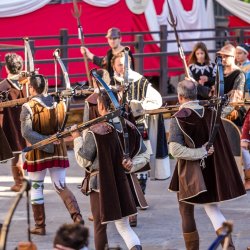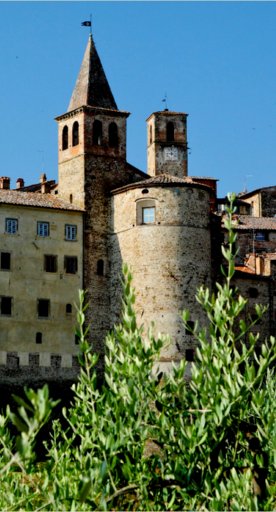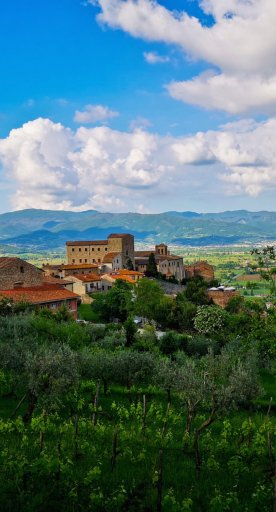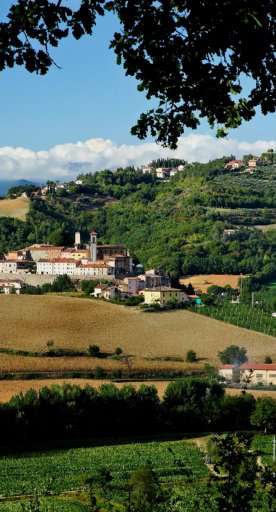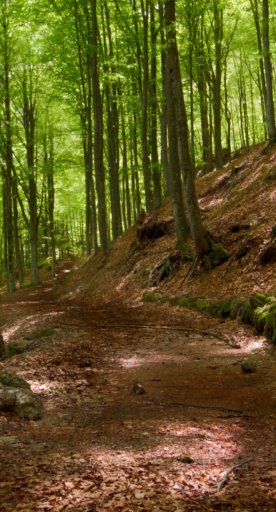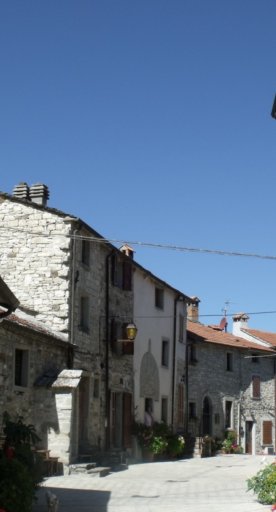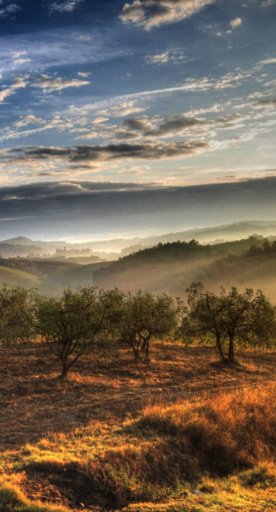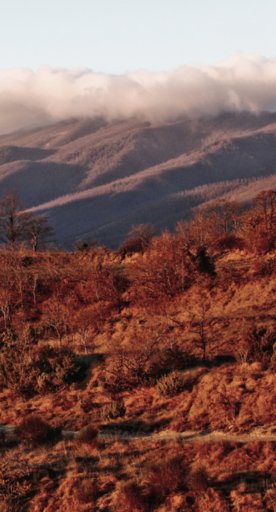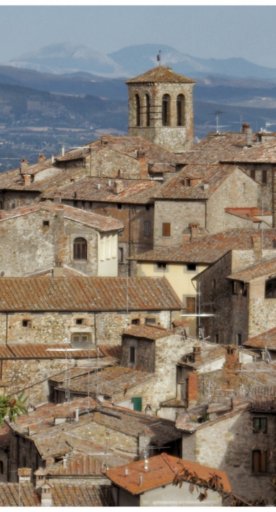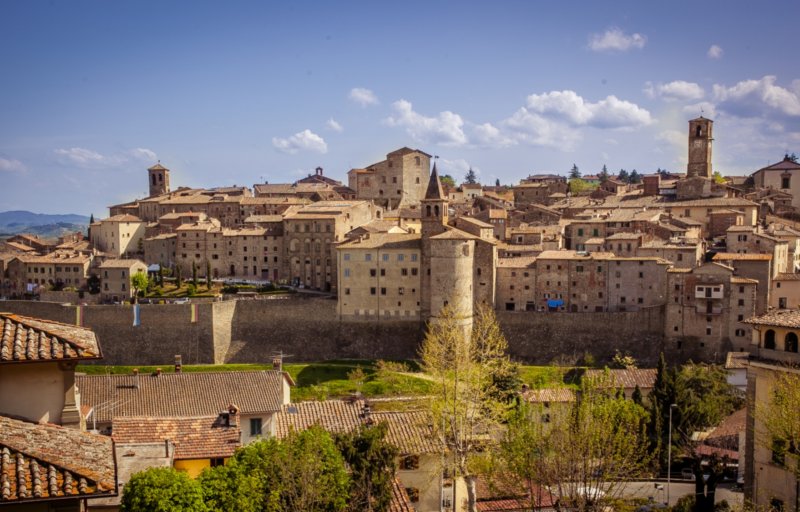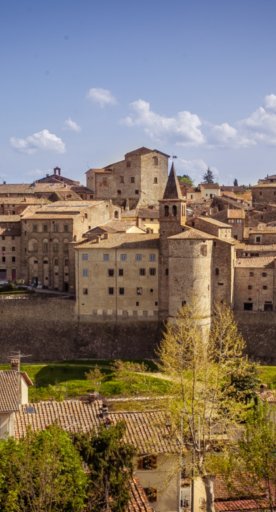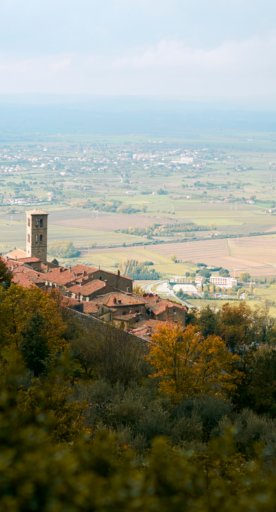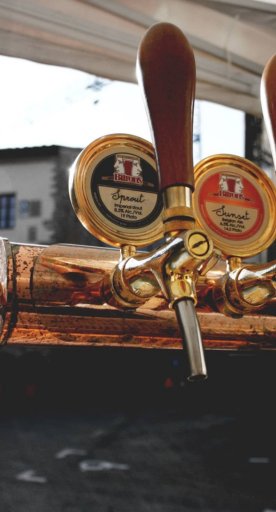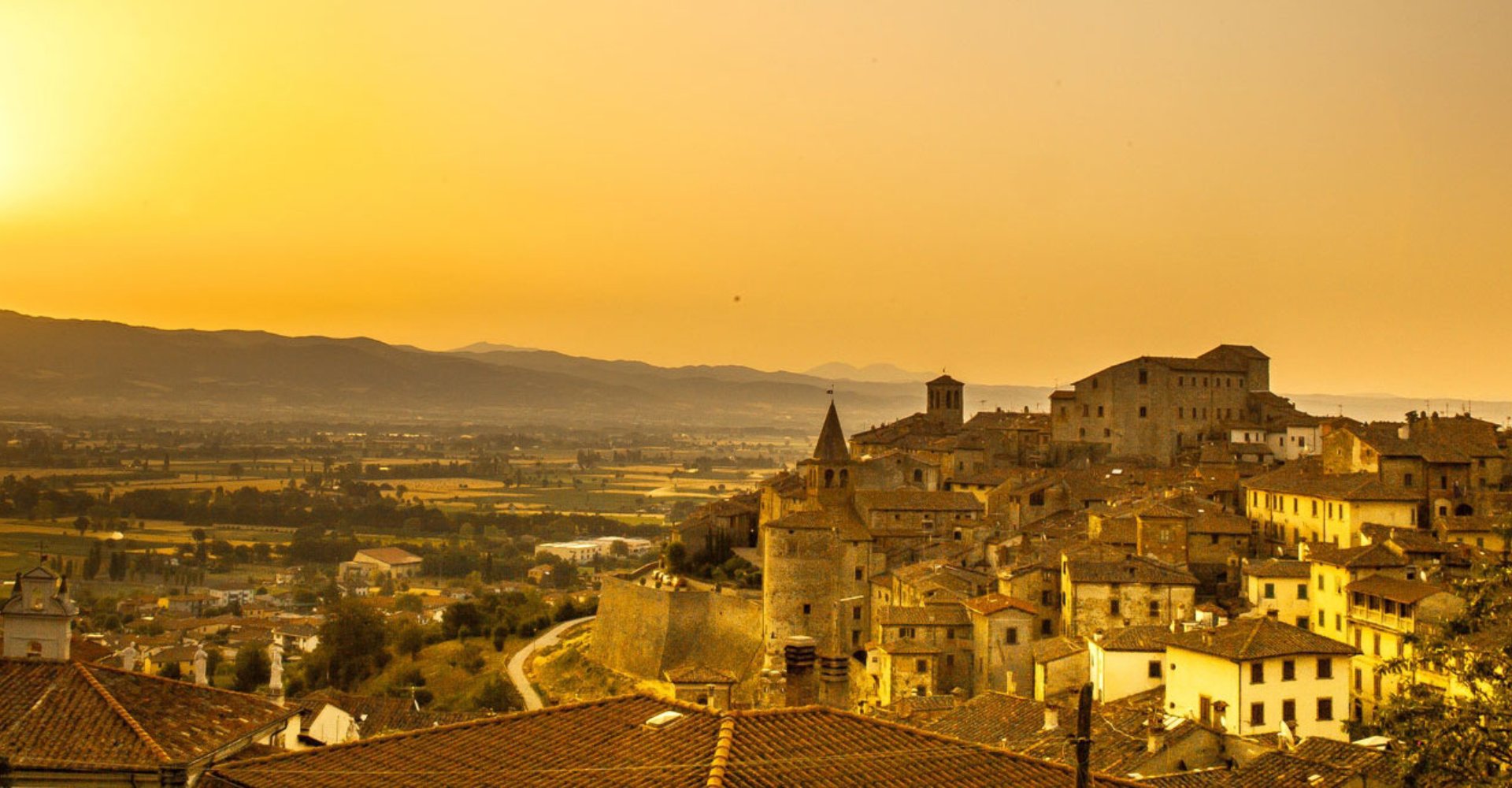
Saint Francis in Tuscany
Spiritual paths through the quiet nature in the Tuscan Tiber Valley
The Tuscan Tiber Valley is a land rich in history and the holy spirit, and it has always been integral to the story of Saint Francis. Saint Francis stopped through there several times in his travels to and from La Verna, where he famously experienced stigmata.
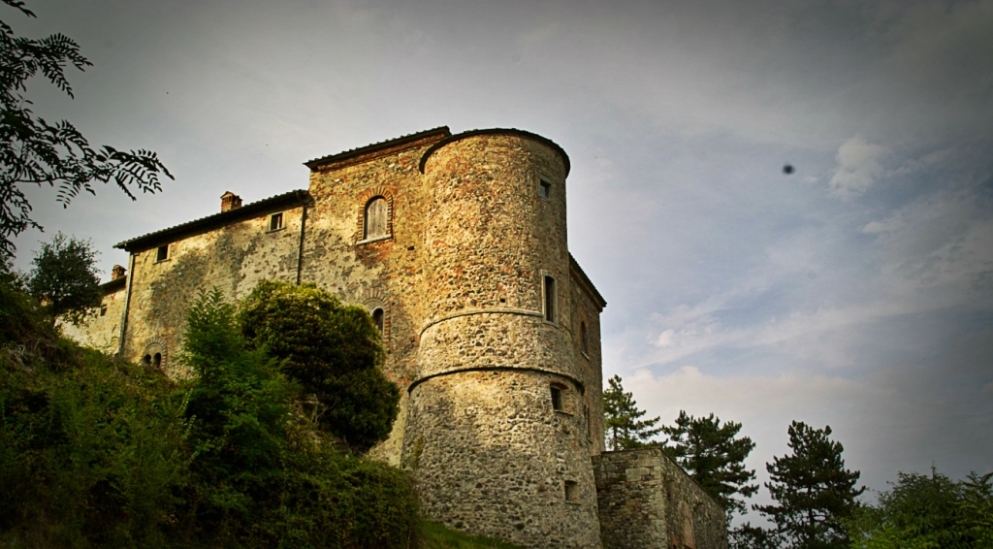
Today, when winding through the valley forests and villages that formed Francis’s path, the sensations the atmosphere creates are very particular. They inspire an understanding of the relationship between nature and peace that was so integral to Franciscan thought. The regional symbol of the Franciscan order is certainly the hermitage of Montecasale, near Sansepolcro. This set the scene for two very important episodes in Saint Francis’s life: the conversion of the robbers who demanded food from the monks and the story of cabbage in the garden.
Another key Franciscan place is the Castello di Montauto, close to Anghiari, where Francis frequently used to rest, staying with his friend Count Alberto. During one of these stays—perhaps foreshadowing his own death—Francis left his habit with the count, but it was ragged and patched up with the stalks of a Scotch broom tree that grew outside the castle. He left it for his friend to remember him by. Today, though the habit is housed at the Sanctuary of La Verna, there is a chapel in Montauto to commemorate the event.
A further testament to Francis’s presence in the Tuscan Tiber Valley is the hermitage of Casella, on the ridge of the the Catenaia Alps. This is where the saint stopped to pray, taking in a mountain view of La Verna. Near Pieve Santo Stefano is the hermitage of Cerbaiolo, an ancient Benedictine monastery donated to Francis, where the Franciscan brothers eventually settled. By car, you can reach each of these Franciscan places, or you can follow the traditional path using the CAI or REV (Rete Escursionistica della Valtiberina), which is published in several different editions.
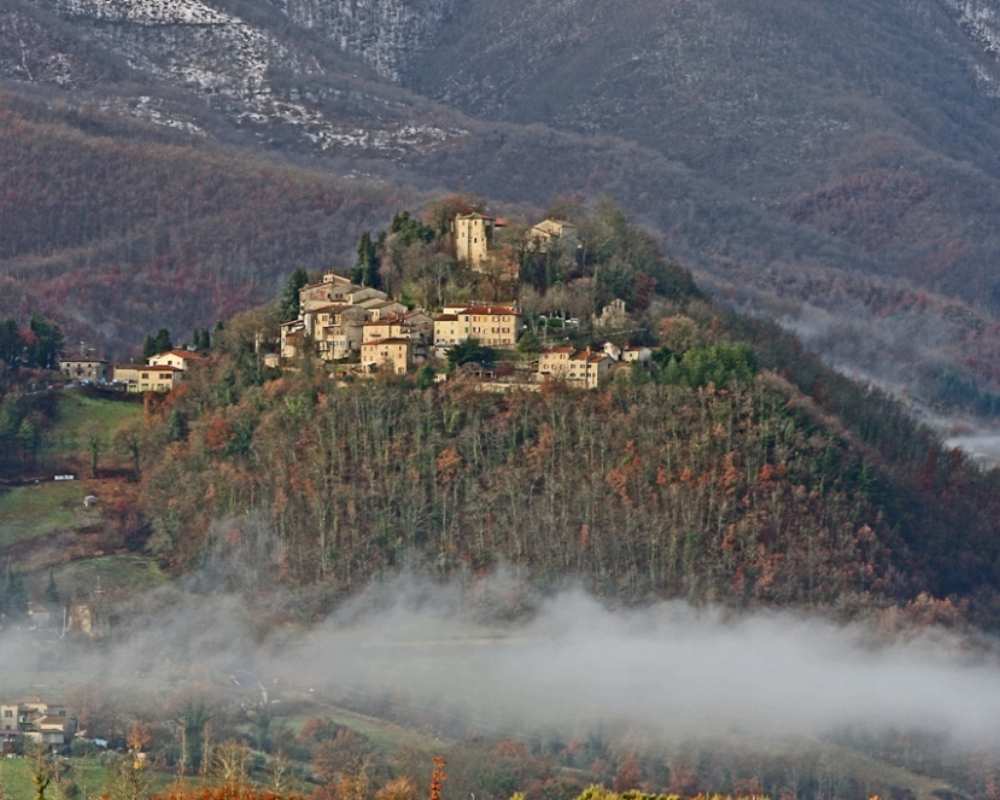
The most adventurous hikers can follow the steps of the Way of Saint Francis in the Tuscan Tiber Valley, choosing one of two different routes. Both start from La Verna and then continue the journey to nearby Umbria.
The first runs along the ridge the Luna Alps, passing through Pieve Santo Stefano – the Hermitage of Cerbaiolo – the Hermitage of Montecasale – and Sansepolcro.
The second, which is no less important, curves along the Catenaia Alps, touching the following sites: Hermitage of Casella – Caprese Michelangelo – Ponte alla Piera – Castle of Montauto – Cenacolo of Montauto – Anghiari.
It’s worth noting that near the Hermitage of Casella a particular path ends, allowing you to switch things up and take the other route, up to the highest heights of Pieve Santo Stefano, passing through Caprese Michelangelo (20 km).
If you’re concerned about getting lost, the Franciscan path through the Tuscan Tiber Valley is unmistakable throughout: it’s marked by yellow Taus and can even be treated as a loop. It totals about 120 kilometers, divided into 5 or 6 different “legs” of the journey. Apart from hiking the classic foot path, in the Tuscan Tiber Valley families can organize custom itineraries, concentrating on particular parts of the journey, or, using donkeys, you can have an incredible pilgrimage experience. There is even the chance to go mountain biking.
For more information on the path of Saint Francis through the Tuscan Tiber Valley and the available services you could also check out the website of the Valtiberina Toscana tourist information office.
